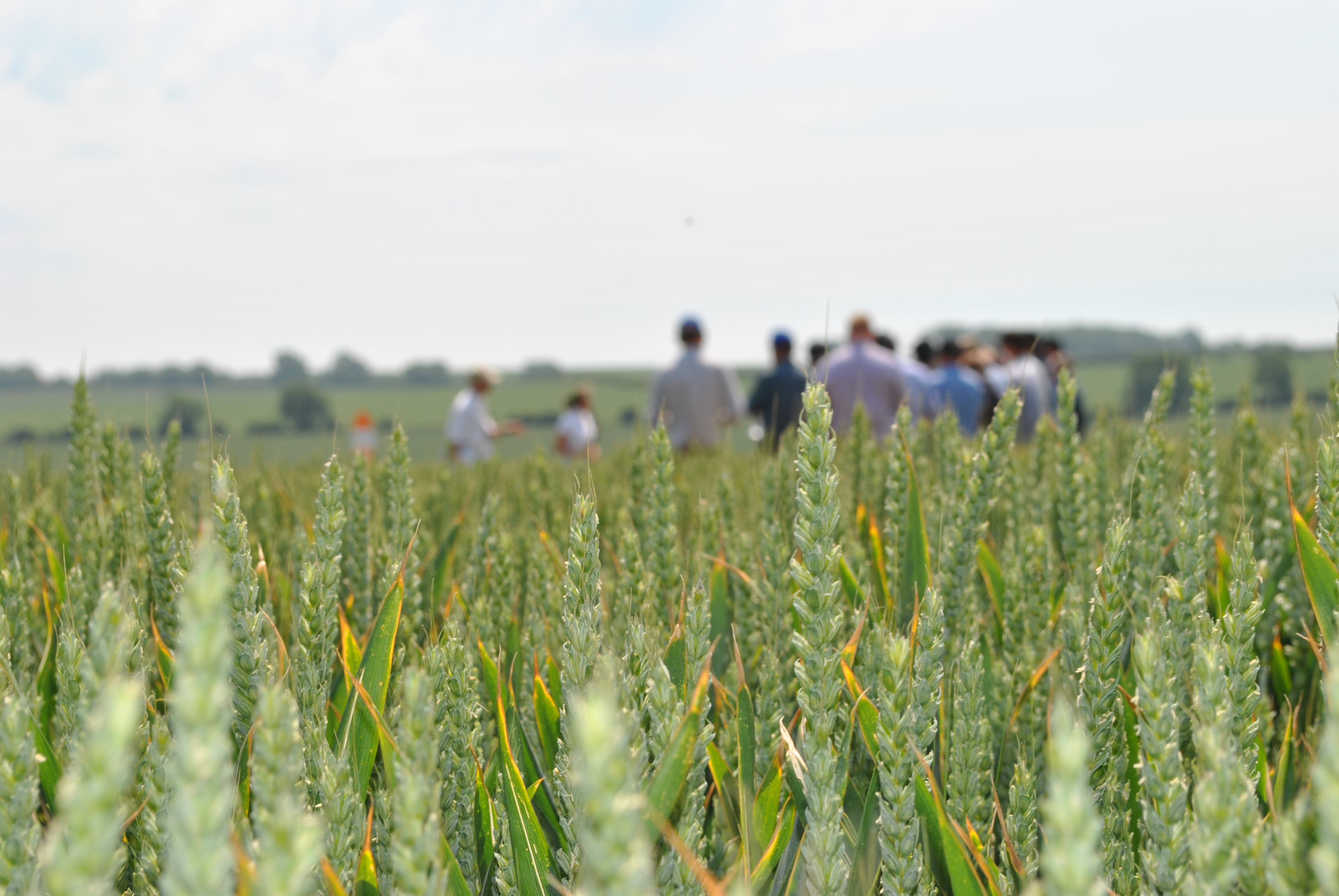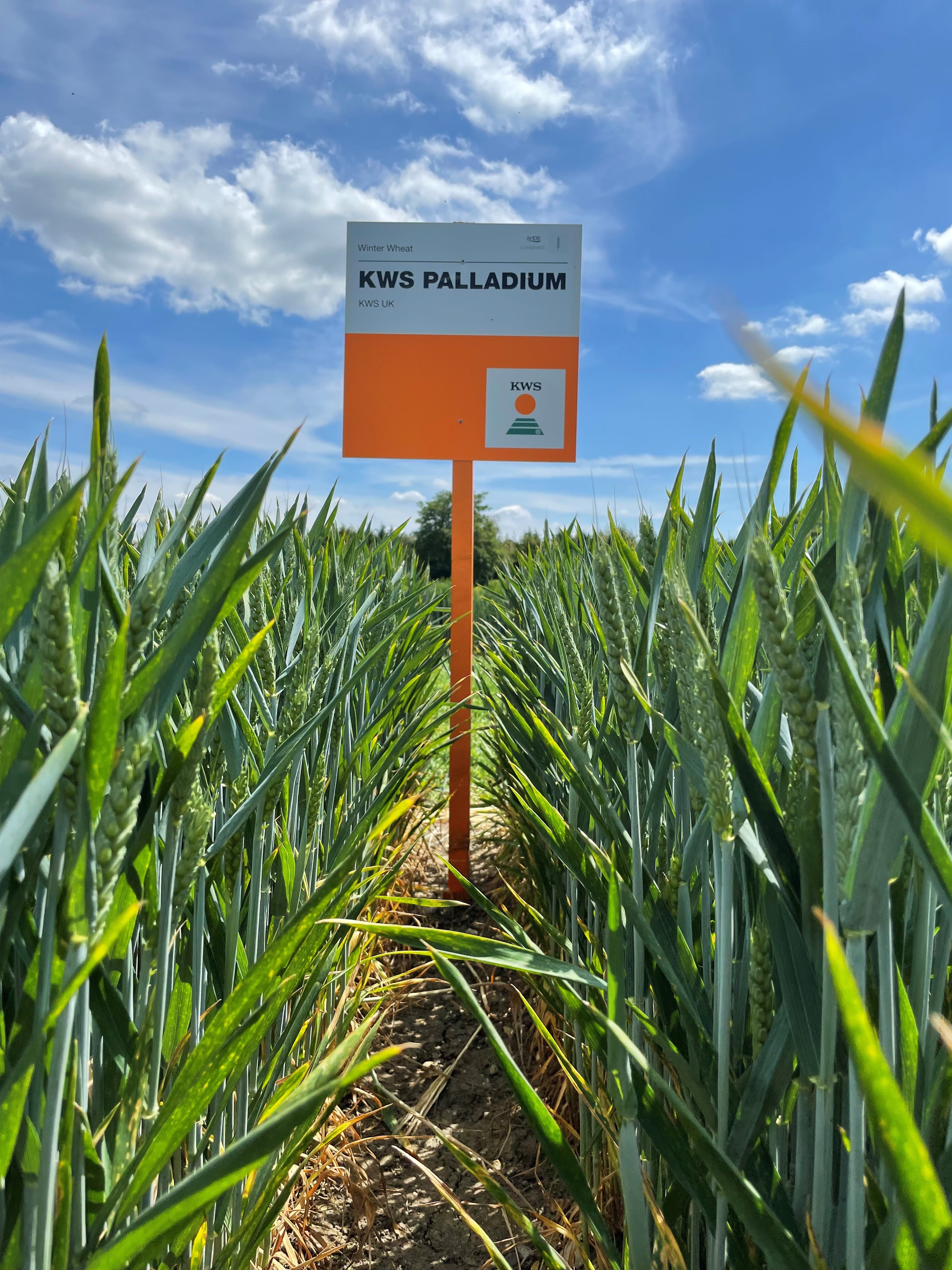Strong KWS development pipeline puts eight new cereal varieties on latest AHDB candidate list
A strong pipeline of new KWS cereal varieties including potential breadmaking, biscuit, hard feed and spring-sown wheats plus a new 6-row barley with BYDV tolerance and malting potential are now entering AHDB candidate testing.
In total eight new KWS cereal varieties join the 2021 candidate list following the addition of KWS Cranium winter wheat and KWS Tardis winter barley to the 2021/22 Recommended List.
Both KWS Cranium and KWS Tardis are great examples of the company’s Sowing for Peak Performance (SPP) thinking in action, says KWS UK Country Manager Will Compson.
“KWS Cranium is a Group 4 hard feed wheat with the highest yield combined with the best yellow rust resistance score on the new RL whilst KWS Tardis is the highest yielding 2-row winter barley.
“Both varieties combine top yields with exceptional disease resistance and functional traits to help growers produce consistently reliable crops in the more challenging conditions now faced by UK growers.
“For example, as well as optimum yield and yellow rust resistance, KWS Cranium also features Orange Wheat Blossom Midge (OWBM) resistance, the highest late drilled yield and the best combination of yield and straw stiffness on the new RL.
“Recommended for the whole of the UK, KWS Cranium ticks all the boxes for features of high or very high importance in modern wheat production.
“It’s a mainstream sower but performs well in later drilling scenarios from mid October onwards.”
KWS Tardis is the highest yielding 2-row winter barley on the new 2021/22 AHDB Recommended List, with a performance that rivals many 6-row hybrid varieties, Will Compson explains
“KWS Tardis combines UK-wide yield potential with consistent performance in a wide variety of growing conditions. The variety achieves a yield of 106% of controls on the new 2021/22 RL – just 1% point behind the highest yielding 6-row hybrid.
“Add in an excellent agronomic package, including a 7 for Rhynchosporium resistance, a 5 for Net Blotch resistance and an 8 for lodging resistance, giving KWS Tardis the highest score for these traits combined, and you can see why it’s the new class leader.”
Such varieties are a strong indication of what is to come from KWS
KWS is focused on a robust line of similar SPP varieties coming through the pipeline, with the first eight of these now entering UK official testing, he points out.
“In all, we have seven new wheats entering candidate trials. KWS Palladium is a breadmaking candidate whilst KWS Guium and KWS Brium are biscuit varieties and KWS Dawsum and KWS Henum are hard feed wheats. KWS Ladum and KWS Fixum are spring wheats.
“KWS Palladium is a potential breadmaker with excellent yield and an exceptionally clean disease package including a 7 for septoria and early maturity. It’s an exciting package that will make it a useful addition to the UK breadmaking basket.
“With great grain quality in terms of Hagbergs and high specific weights, KWS Guium is a potential biscuit type with late drilling potential and a good agronomic package including a 9 for yellow rust resistance.
“KWS Brium has a 9 for yellow rust and great performance in both the North and South of the country and offers the advantage of distilling potential alongside a great feature set for professional biscuit producers.”
KWS Dawsum and KWS Henum are classic barn-filling hard Group 4 wheat varieties, Will Compson says.
“KWS Dawsum combines excellent physical grain quality with high yields and a really strong disease package including a 9 for yellow rust, an 8 for mildew and a 6 for Septoria.
“It’s a really strong performer – particularly in the west of the country. It’s also a variety that can offer real flexibility on-farm thanks to its ultra-wide sowing window.
“With a similar disease package, KWS Henum has an impressive score for Septoria resistance, a fact that could earn itself a place on many UK farms.”
KWS also has two new spring wheat varieties on the new candidate list, he adds.
“KWS Ladum is a breadmaking candidate and KWS Fixum is a feed type. Both varieties offer the potential for growers to take spring wheat yields to the next level and represent exciting new developments in this market sector.
“Finally, KWS Feeris is a new six row winter barley with BYDV tolerance. KWS Feeris has the potential to offer growers tolerance against the losses of BYDV that many barley crops are subject to in the post neonicotinoid era.
“The variety experiences the same aphid infestations as susceptible varieties, but viral infection affects the crop at a very reduced level – protecting the yield on farm. Tolerance is not total but very robust.”
The variety is currently under evaluation with the UK maltsters for its potential in the brewing market, he adds.
“Such varieties are a strong indication of what is to come from KWS in the next few years as we move to a future where yield is still of critical importance but so too is resilience and reliability in the face of more challenging conditions for cereal production.”
Your consultants







